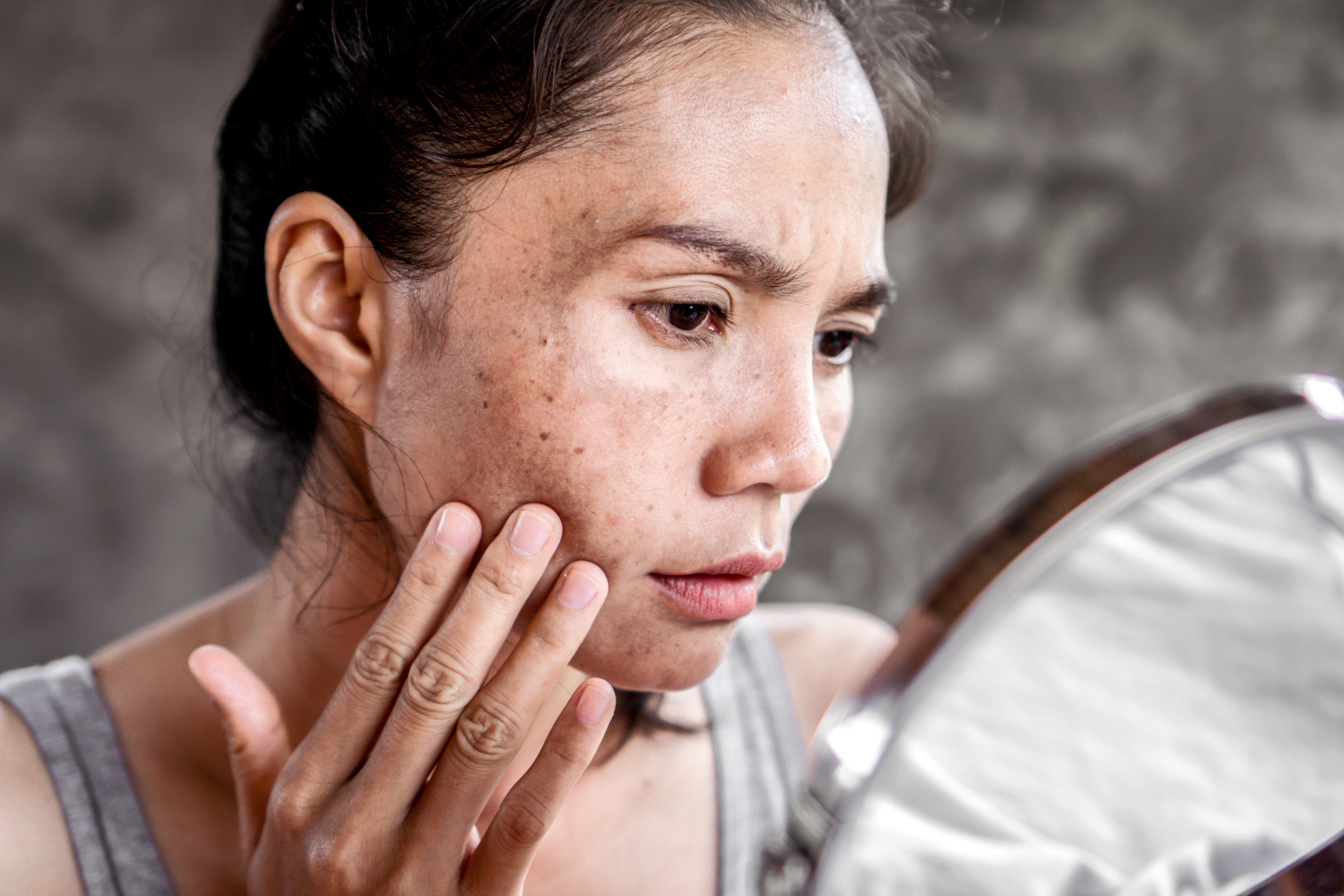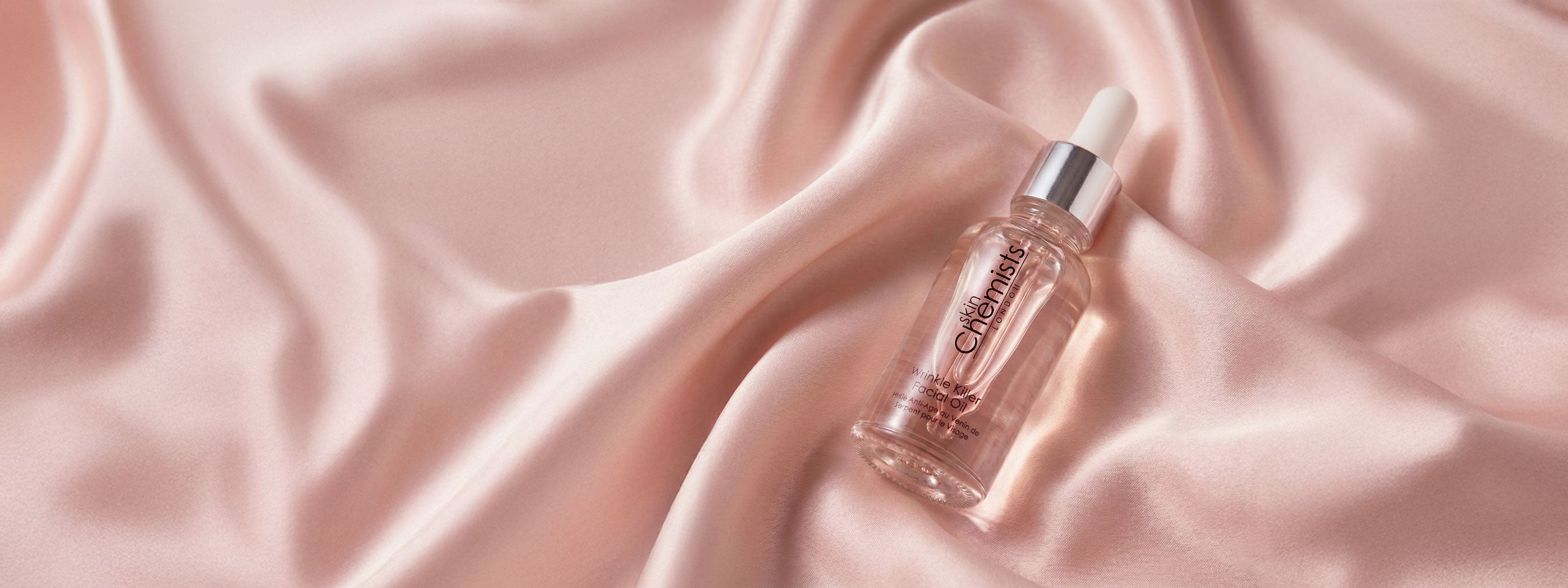
Summer Pigmentation Playbook: Prevent, Fade, Protect
Why August makes dark spots linger
UV is still strong and days are long, so skin makes more melanin. Heat adds fuel by driving low-grade inflammation that keeps pigment cells active. Mature skin tends to be drier and more reactive, so the winning strategy is steady protection, gentle brightening, and barrier care, every day.
What’s actually happening in the skin
Hyperpigmentation forms when melanocytes (pigment-making cells) ramp up melanin production and that pigment is transferred into surrounding skin cells. Triggers include UV/visible light, heat, inflammation (post-blemish marks), friction (e.g., sunglasses), and hormonal shifts. Because pigment sits in the upper layers of skin, consistent surface turnover plus protection helps it fade.
Morning: Prevent + Brighten
-
Sunscreen discipline: Apply broad-spectrum SPF50+ as the final AM step on face, neck, chest, and hands. Use enough (the “two-finger” rule for face/neck) and reapply if you’re outdoors for 2+ hours.
-
Light layers: Keep textures sheer so protection doesn’t pill under makeup.
-
Brightening support: A well-tolerated vitamin C or niacinamide serum under SPF can help even tone and support the skin’s antioxidant defenses.
Evening: Fade + Repair
-
Gentle resurfacing: Use mild acids (lactic or mandelic) or PHAs a few nights per week to lift dull surface cells so pigmentation looks more even. If congestion is a concern, use salicylic on those areas only.
-
Barrier-first nights: Alternate with hydration nights think humectants (e.g., hyaluronic acid) under a comforting moisturiser. Mature skin often responds better to “little and often” than to strong, daily actives.
-
Retinoid caution: Retinoids can support tone over time via cell turnover, but increase photosensitivity. Introduce slowly, keep doses modest in summer, and pair with strict SPF.
Pro tips for mature skin
-
Mind the zones: Always extend care to neck, chest, and the backs of hands, common sites for sun spots.
-
Friction control: Clean sunglasses regularly and avoid rubbing; repetitive friction can deepen marks.
-
Cool the heat: After hot days, choose a repair night instead of acids to avoid compounding irritation.
-
Skip scrubs: Grainy exfoliants can inflame and worsen pigmentation; stick to gentle chemical options.
Common mistakes that slow progress
-
Wearing too little SPF or skipping reapplication on bright but cloudy days.
-
Stacking multiple strong actives in one routine “for faster results.”
-
Picking at blemishes; inflammation today becomes a dark mark tomorrow.
How long does fading take?
With daily SPF, consistent morning brightening, and gentle exfoliation 2–3 nights per week, most people see a more even look in 4–6 weeks, with deeper spots softening over 8–12+ weeks. Photograph the same area in similar lighting to track real change.
When to seek professional advice
If pigmentation is persistent, spreading, or looks like melasma, consult a dermatologist. Professional treatments (prescription topicals, chemical peels, lasers, or light therapies) can help—but timing, skin type, and sun exposure must be considered, especially in summer.
The August takeaway
Keep it simple, lightweight, and consistent: protect in the morning, resurface gently at night, and prioritise barrier comfort. Prevent new spots, fade existing ones, and protect your progress so your skin looks calmer, clearer, and more even as sum





